Happy Spring! As we reach the end of this first month of a new season, we are featuring Otto Kuhler, an industrial designer and artist with connections to the Colorado Railroad Museum. To accompany the story of this iconic railroad man, we are also featuring his wife Simonne’s French lemon pie as published in Empire Magazine.
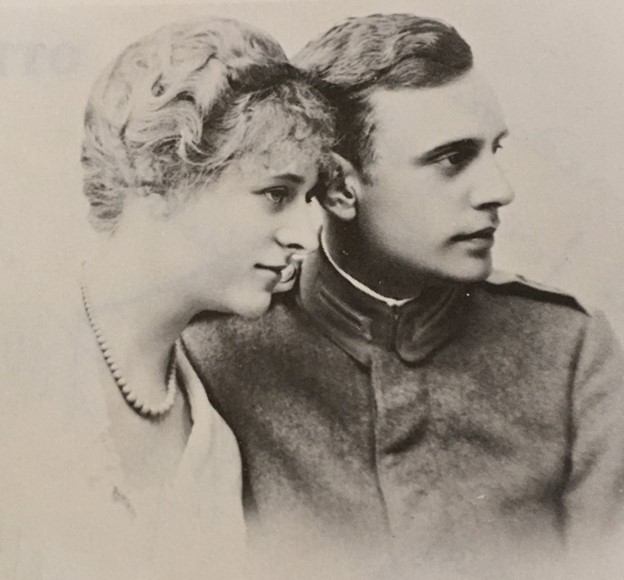
Figure 1 Otto and Simonne Kuhler
Otto Kuhler, born in Remscheid, Germany in 1894, had a love for machinery including locomotives from an early age. As a child, Otto would often visit the mill close to where his father worked to observe that machinery, then he would go home and draw it with crayons, and later pencils and other materials.

Figure 2 Otto Kuhler’s childhood sketchbook, Colorado Railroad Museum Collection.
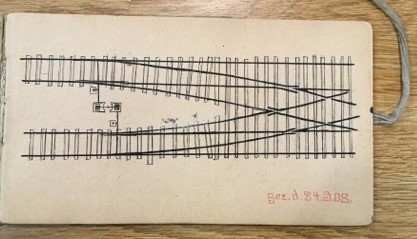
Figure 3 drawing of tracks from inside Otto’s childhood sketchbook, Colorado Railroad Museum Collection.
Otto served Germany during the First World War, first in 1914 as a railroad soldier, though he was honorably discharged after a car accident injury, then again in 1917 for the railroads. In 1917 Otto met his future wife Simonne in Belgium and they married in April of 1920. They had two children together, Winona and Renaldo.
Otto and Simonne moved to America where they spent the first five years in Pittsburgh before moving to New York. The art medium Otto favored at this time was etchings. The Colorado Railroad Museum’s collection features several original prints from these etchings including images of the Baldwin Locomotive Works from 1926 (see figure 5). In addition to the art Otto produced, he also revitalized and designed locomotives for the Baltimore & Ohio Railroad (B&O), the Lehigh Valley Railroad, and the Milwaukee Road railway company. His designs included new color schemes, air conditioning, lighting, and baggage racks.

Figure 5 Baldwin Locomotives etching print, 1926, Colorado Railroad Museum Collection.
Simonne and Otto Kuhler moved to Pine Junction, Colorado in 1948, where they purchased a cattle ranch and became cattle ranchers. Though Otto was no longer working as a designer for locomotives, he continued his artistic tradition, working more with paint as a medium. He often featured Colorado narrow gauge railroads in his art at that time. After living in Santa Fe for 8 years, Otto and Simonne returned to Denver in 1976 and Otto died in 1977. Otto’s family donated some of the Kuhler collection to the Colorado Railroad Museum. To see the Museum’s Small Wonders video highlighting Otto, Click Here.
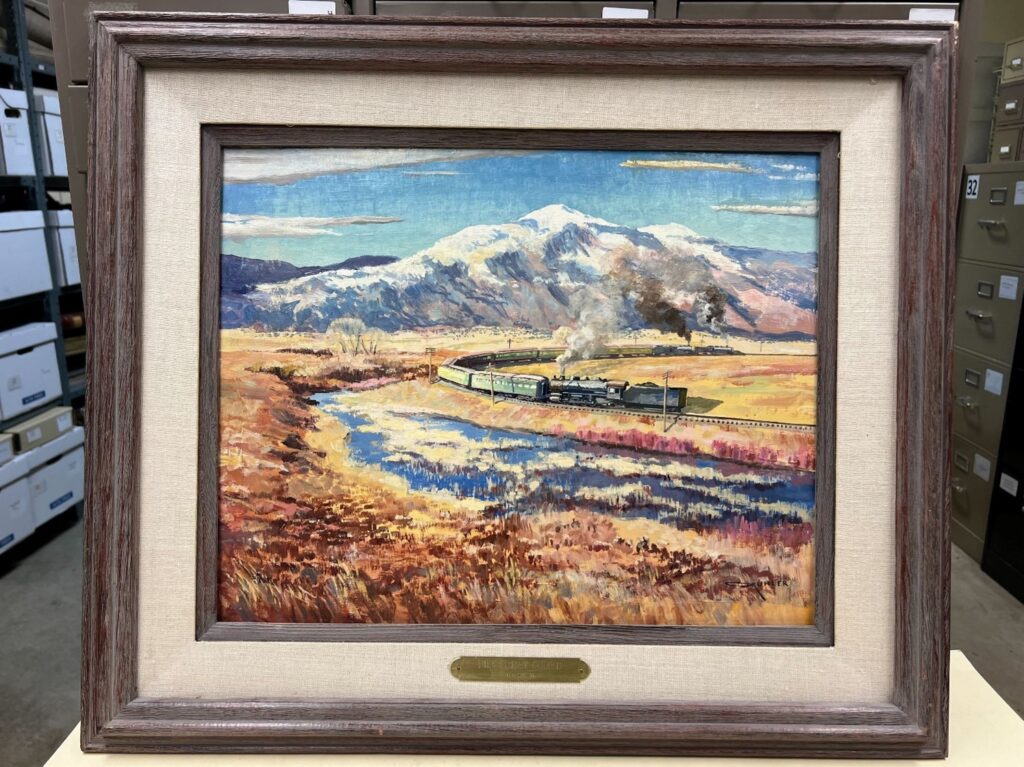
Figure 6 “The Great Curve” Otto Kuhler painting of a passenger train of the Colorado & Southern Railroad near Walsenberg, Colorado 1954. Colorado Railroad Museum Collection.
Where did French lemon pie originate? Like with many recipes, it’s hard to trace the exact origin. Some sources recount that the pie didn’t originate in France, but rather, in the U.S. with a recipe recorded in a Boston cookbook in 1896. Lemons themselves have been cultivated in Egypt and Iran since 700 C.E. and have spread worldwide since. As the Americas were occupied by the Spanish missionaries and colonizers, they planted lemon trees in California and Florida. In fact, additional lemon trees were planted in California during the 1849 Gold Rush, to help prevent scurvy by providing a source of vitamin C to the miners. Lemon harvest season varies depending on the climate. Some varieties like Meyer lemons can be harvested year-round, though peak harvest season happens from December to May in warmer climates.

Figure 7 California Meyer Lemons
We hope you enjoyed our brief history on Otto Kuhler, lemons, and French lemon pie. Today’s recipe comes from Denver Post’s Empire Magazine, a weekend magazine devoted to food. If you do try Simonne’s French lemon pie recipe, please be sure to let us know in the comments below or on any of the Museum’s social media channels!
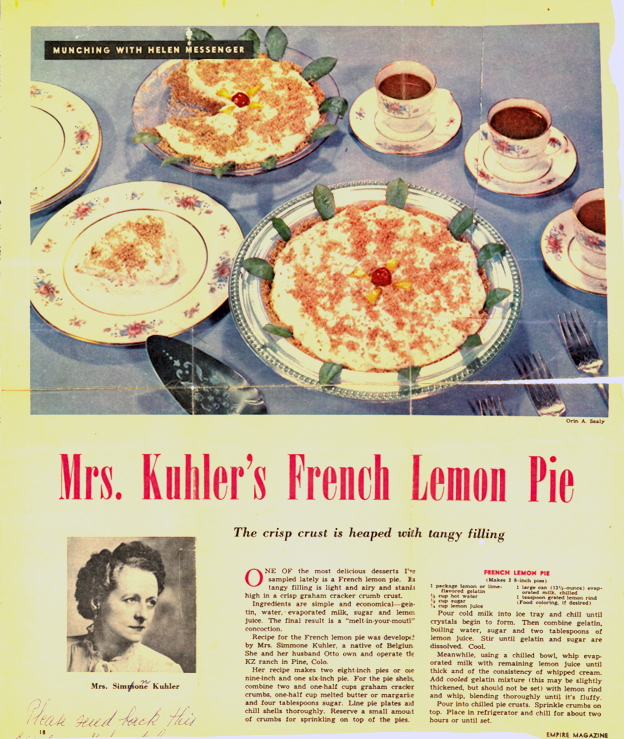
Figure 8 Magazine clipping of Simonne’s French lemon pie, 1950s, Colorado Railroad Museum Collection.
Mrs. Kuhler’s French Lemon Pie
“Her recipe makes two eight-inch pies or one nine-inch and one six-inch pie. For the pie shells combine two and one-half cups graham cracker crumbs, one-half cup melted butter or margarine and four tablespoons sugar. Line pie plates and chill shells thoroughly. Reserve a small amount of crumbs for sprinkling on top of the pies.”
Ingredients:
1 package lemon or lime flavored gelation
½ cup hot water
½ cup sugar
¼ cup lemon juice
1 large can (13 ½-ounce) evaporated milk, chilled
1 teaspoon grated lemon rind
(Food coloring, if desired)
Directions:
Pour cold milk into ice tray and chill until crystals begin to form. Then combine gelatin, boiling water, sugar and two tablespoons of lemon juice. Stir until gelatin and sugar are dissolved. Cool.
Meanwhile, using a chilled bowl, whip evaporated milk with remaining lemon juice until thick and of the consistency of whipped cream. Add cooled gelatin mixture (this may be slightly thickened, but should not be set) with lemon rind and whip, blending thoroughly until it’s fluffy.
Pour into chilled pie crusts. Sprinkle crumbs on top. Place in refrigerator and chill for about two hours or until set.
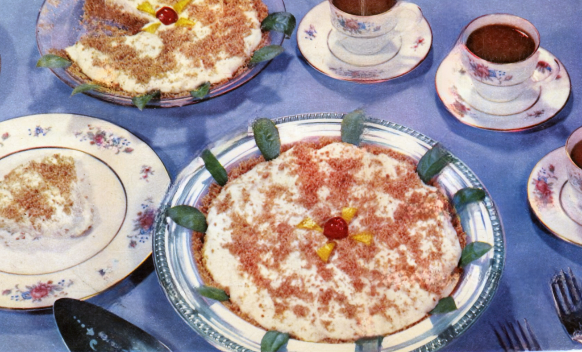
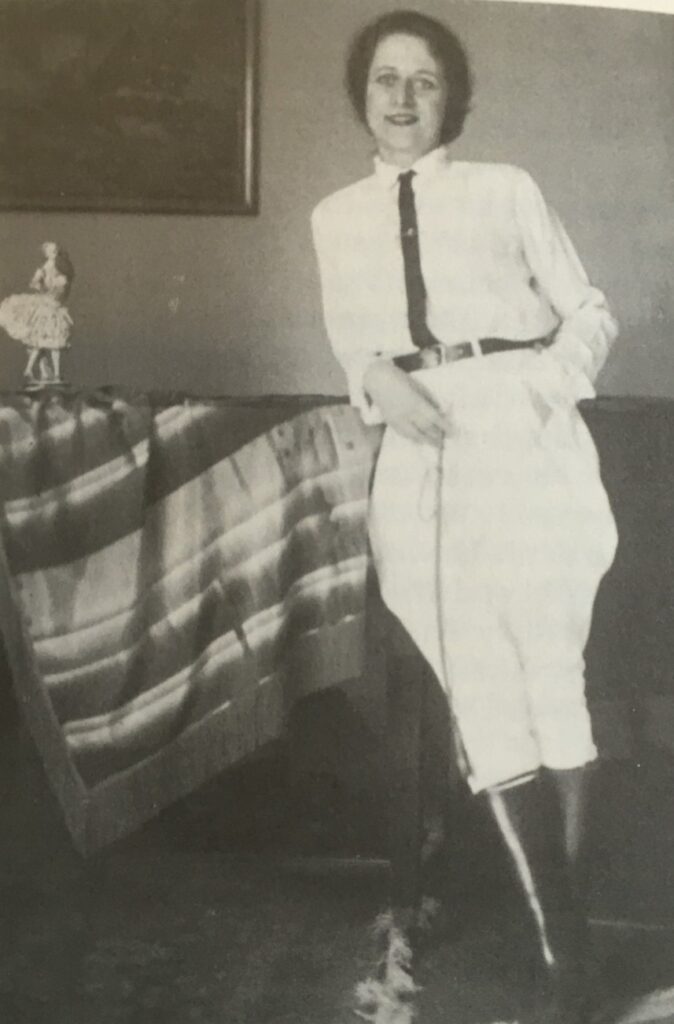
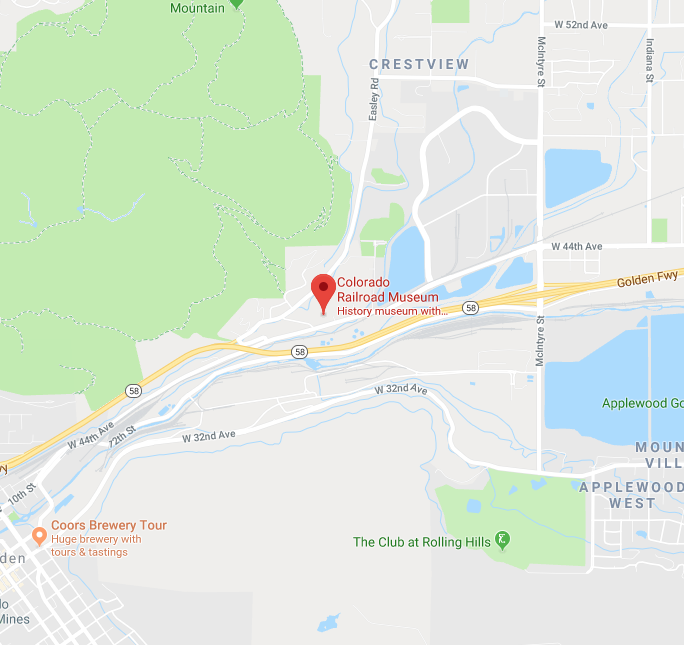


0 Comments